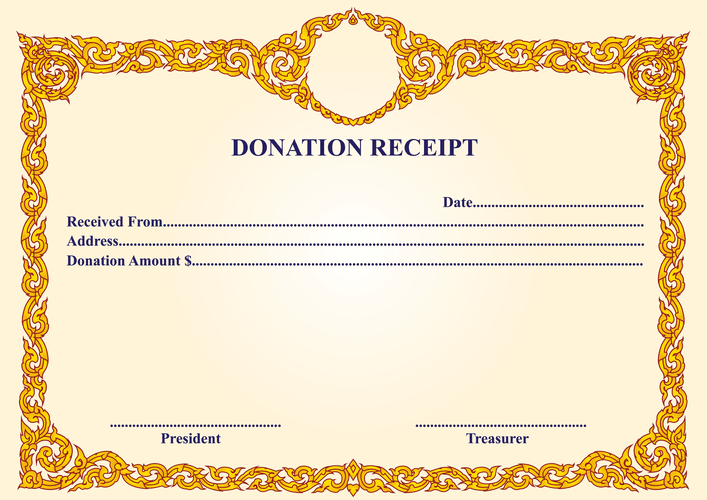
First, we want them to feel comfortable handing over the entire process to us knowing that we’ll have the cap in place in time for loan closing. Third, we want them to know we’ll support them for the entire duration of the cap term. Understanding how interest rates caps work with different types of mortgages can help determine with mortgage can best fit your needs. For more specific guidance on your options, consider consulting a professional financial advisor. If rates increased by another 2%, the loan would only increase by 1% to 8.5%, because the lifetime cap is five percentage points above the original fixed rate.

The Bottom Line: Cap Rates Help You Assess Profitability
The property building’s capitalization rate is 10% percent, or in other words, one-tenth of the building’s cost is paid by the net proceeds earned in the year. When considering cap rate and appreciation together, investors can decide whether a property will be a good investment. https://www.bookstime.com/articles/adp-run Appreciation can be especially useful when two properties have a similar cap rate. By looking at the potential appreciation value, investors can decide on the property with more future potential. This trend is part of what makes real estate such an attractive investment.

Unlocking Potential: How In-Person Tutoring Can Help Your Child Thrive
Higher cap rates generally mean better returns on investment, but there’s more risk. The net operating income of a property is calculated by subtracting the operating expenses from the revenues that a property generates. This calculation is done yearly, which means that the cap rate can fluctuate with time if those operating expenses end up increasing (or, less likely, decreasing). For example, if an office building is listed at $1,000,000 with a 10% cap rate, that means that the annual NOI is $100,000. So, investors are essentially purchasing the stability of the asset’s cash flow.
- It is essentially a percentage that reflects the annual net income a property is expected to generate based on its purchase price.
- That number means that you’re projecting to earn about 4.8% of the property’s value each year.
- With that said, cap rate expansion coincides with falling property values, while cap rate compression implies rising property values.
- In practice, the cap rate serves as the primary shorthand whereby properties of comparable risk and return can be analyzed side-by-side.
- Location and local market conditions play a significant role in determining cap rate.
Are there any other ways to use Cap Rates?
Sale-Leaseback Investors See ‘Buyer’s Market’ as Interest Rates Rise – The Wall Street Journal
Sale-Leaseback Investors See ‘Buyer’s Market’ as Interest Rates Rise.
Posted: Mon, 24 Jul 2023 07:00:00 GMT [source]
Determine the current property market value (also called property asset value). Compare local property prices or contact a cap rate definition broker to get current market rates. Let’s use a multi-family building in California valued at $300,000 for this exercise.
- Capitalization rate can change as long as investors understand how to boost the NOI.
- Further, cap rates can change as interest rates, macroeconomic conditions, and investor sentiment shift.
- The figure also helps to determine the exit rate or terminal capitalization rate for a property when it is sold at the end of the projected holding period.
- The current market value is what the real estate property is worth in the marketplace.
- The stabilized NOI of the rental property is projected to be $5 million, while the capitalization rate is 6%.

Ultimately, the quality of a cap rate depends on its context and how well it aligns with your investment objectives and market conditions. One way an appraiser can estimate the market value of a property is by using the direct capitalization valuation method. A standard industry practice requires a 50bps spread – that is, the cap rate when selling the property should be 50 basis points lower than the cape rate when the asset was purchased. The ROI is different from the cap rate in that it takes into account leverage which is the loan taken out to finance the asset. Learn the reasons to invest in multifamily real estate, your loan options and how to buy a multifamily property.
Understanding the Cap Rate for Rental Properties
- When considering cap rate and appreciation together, investors can decide whether a property will be a good investment.
- At its core, capitalization rate is a metric that expresses the potential return on a real estate investment by comparing the property’s net operating income (NOI) to its current market value.
- In the next step, we’ll deduct the operating expenses of the commercial real estate property to arrive at the property’s net operating income (NOI), which is $7.1 million.
- Providing investment banking solutions, including mergers and acquisitions, capital raising and risk management, for a broad range of corporations, institutions and governments.
- In the realm of real estate, the cap rate functions as a benchmark to determine and compare the return on investment for a variety of commercial and residential properties.
- Real estate can be a great addition to your portfolio, with many different investment options.
- In its simplest form, a cap rate is nothing more than an equation, one that will identify how much an investor stands to make or lose if they end up buying the property in question.
Keep reading to learn what a cap rate is in real estate, how to tell good from bad, and a simple formula to calculate it. Now you can take the opportunity to sell or leverage this property based on its cap rate, NOT its price per square foot (or other measurements). Leases could expire, tenants may renegotiate lease terms, or you could renovate and reposition the property – all of these changes could have an affect on your cap rate. Though not the only factor when evaluating a commercial real estate asset for purchase or sale, it is one of the most popular measures used. While you might think a high cap rate is a great indicator of success, Ailon has some caveats for properties with cap rates greater than 12%. For example, a property in a less desirable location or with lower-quality tenants may have a higher cap rate due to the increased risk.
コメント